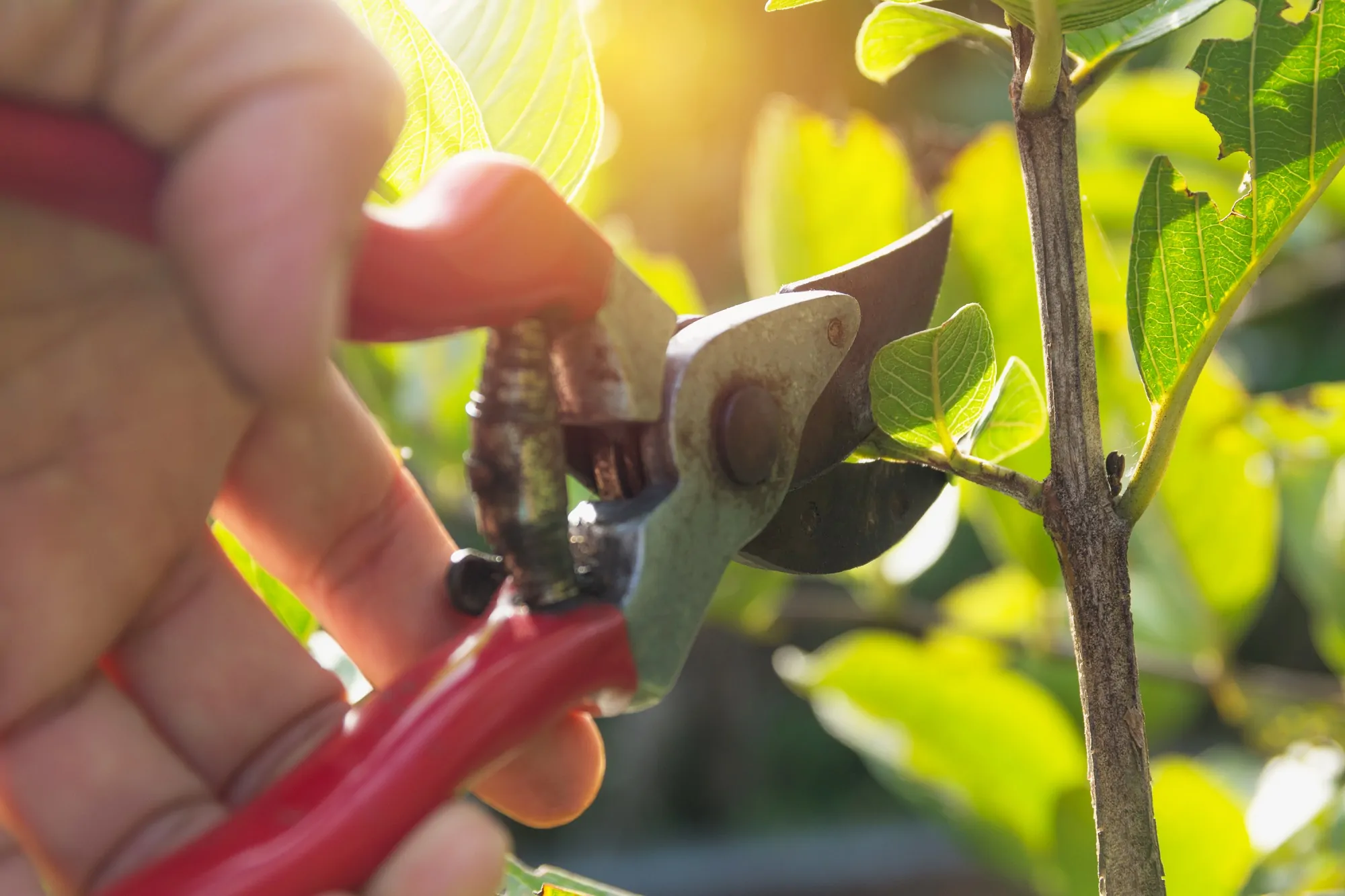Pruning is an essential part of garden maintenance that can greatly enhance the health and appearance of your plants. By removing dead or diseased branches, you encourage new growth and improve the overall structure of your plants. Regular pruning also helps to control the size and shape of your plants, making your garden look neat and well-maintained.
Understanding the right time to prune is crucial for the health of your plants. Most deciduous trees and shrubs should be pruned in late winter or early spring before new growth begins. Evergreens, on the other hand, can be pruned in late winter or early spring, but avoid pruning during the fall as it can encourage new growth that may not survive the winter.
Different plants require different pruning techniques. For example, fruit trees benefit from specific pruning methods that promote fruit production, while ornamental shrubs may require shaping to maintain their aesthetic appeal. Roses need careful pruning to remove dead canes and encourage bushier growth. Always research the specific needs of your plants before pruning.
Using the correct tools is essential for effective pruning. Hand pruners are suitable for small branches, while loppers are better for larger branches. For high branches, a pole pruner can be useful. Ensure your tools are sharp and clean to make precise cuts and prevent the spread of disease.
Safety is paramount when pruning. Always wear gloves to protect your hands from thorns and sharp branches. If you are using a ladder to reach high branches, make sure it is stable and secure. Be cautious of overhead power lines and other hazards. Proper pruning techniques not only enhance the beauty of your garden but also ensure the longevity of your plants.
